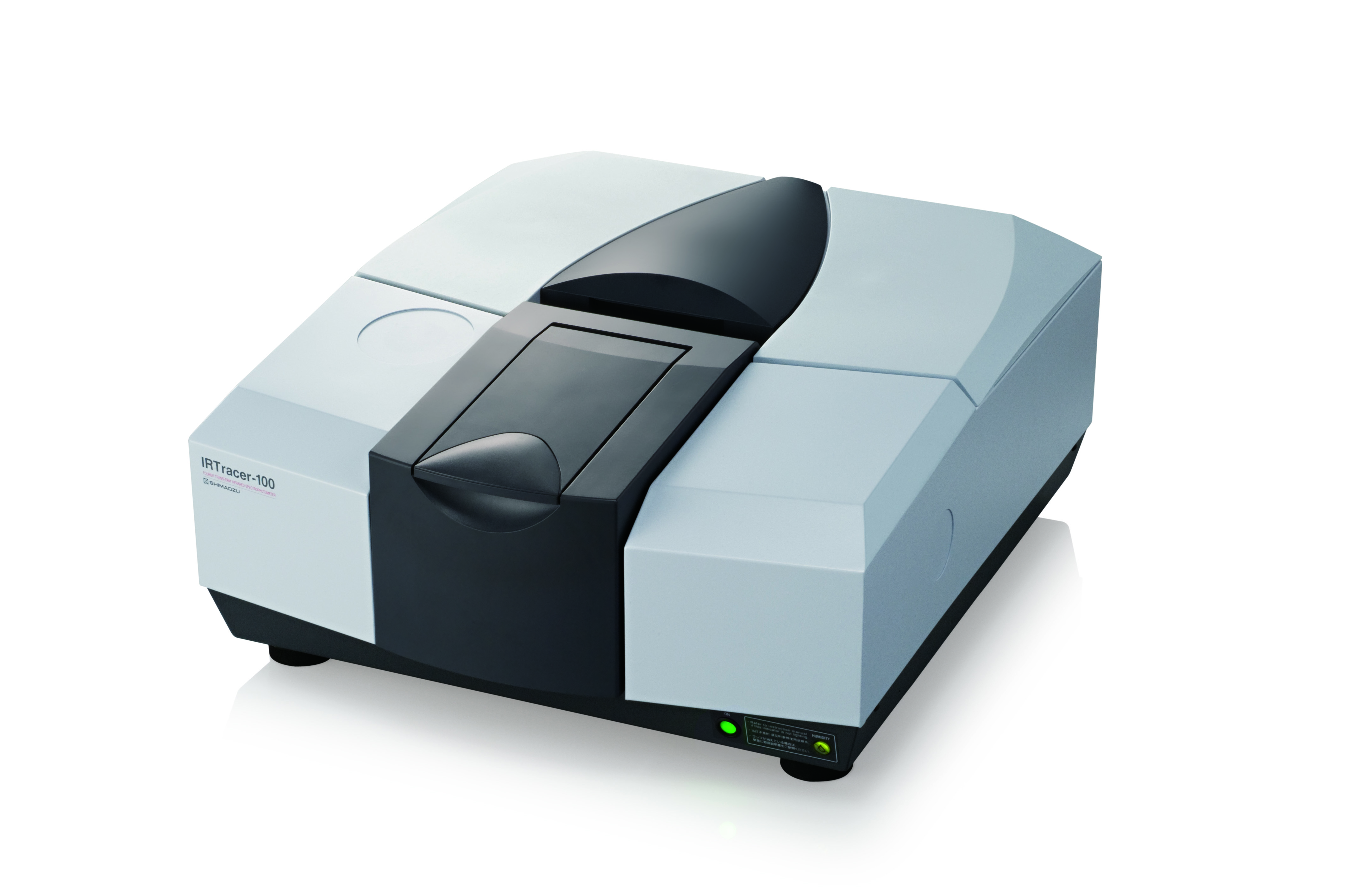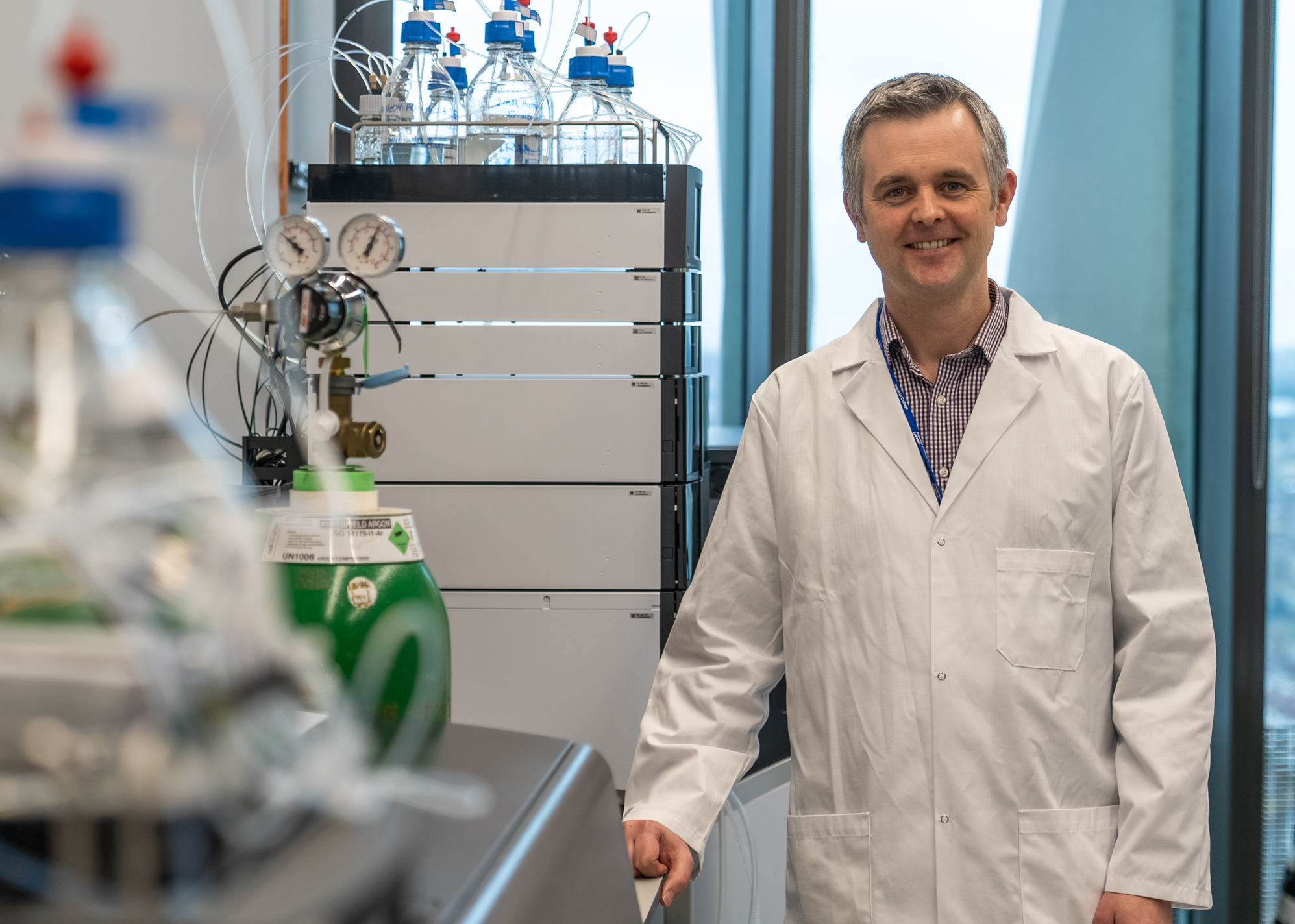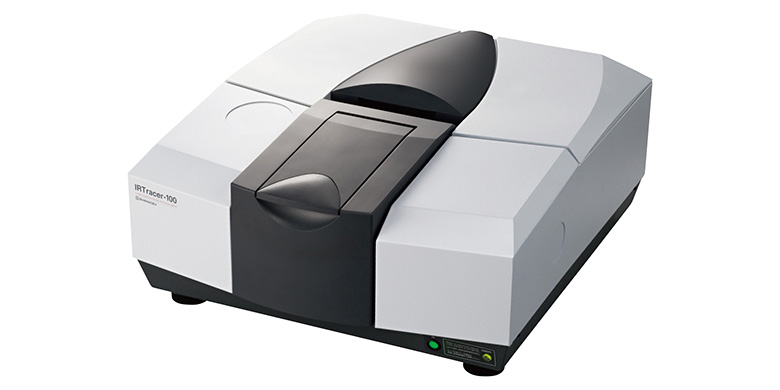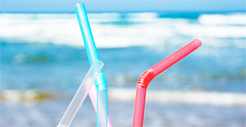Newcastle University: Impact of Microplastic in the Ocean
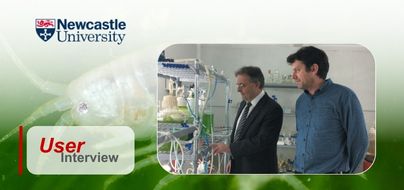
Newcastle University
-
INDUSTRY
Environment, Microplastics, Water
-
KEYWORD
microplastics, ecology, marine life
-
INTRODUCTION SERVICE&PRODUCTS
IRTracer-100
We interviewed Dr. Alan Jamieson from Newcastle University. His research is focused on the development and application of the environmental field, especially on measurement of the impact of microplastic in the ocean.
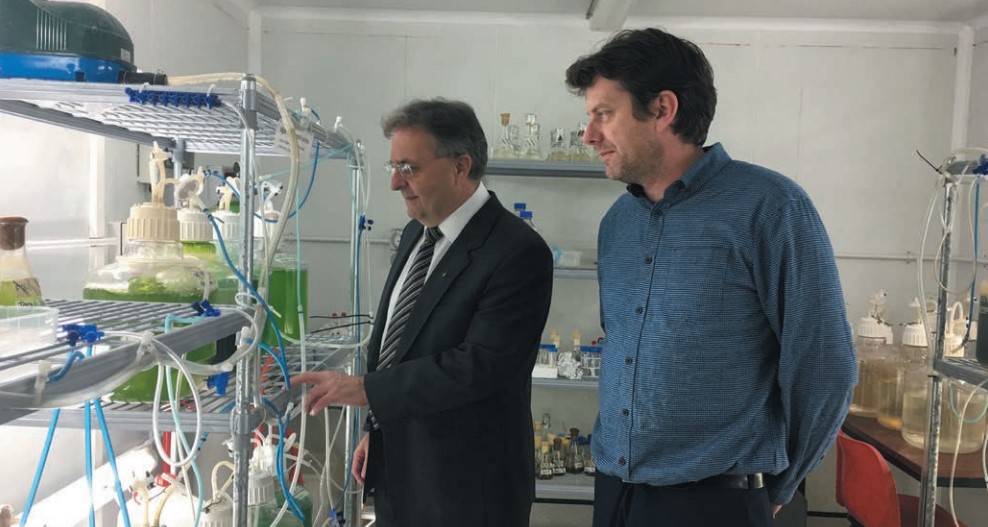
Newcastle University's Dr Alan Jamieson outlines his research: "My main research focus is the exploration of the deepest parts of the ocean, namely the 'hadal zone' which means anywhere deeper than 6000 metres. There are usually large ultra-deep trenches that until recently we knew very little about. Our main goals are to study the ecology, habitats and connectivity between different trech communities and we have been really successful in having studied nine ofthese deep trenches, including the deepest place on Earth. In the process we have amassed a large sample archive, particularly samples of the crustacea amphipoda (hoppers). A couple of years ago we thought it would be interesting to investigate anthropogenic impacts at the greatest ocean depths. We did a study showing extraordinarily high levels of persistant organic pollutants (PCBs and PDBEs) in the deepest samples. This was shocking and gained a huge interest in the media. During this time many people were asking if these hadal animals showed any signs of having ingested plastic, which is of course a very concerning and hot topic at the moment. Having worked with Shimadzu we established that a saddeningly high level of these animals from 6 of the deepest trenches in the world had indeed ingested plastics and through collabration with Shimadzu in Milton Keynes, UK, we were able to identfy the materials as well.”
Dr Alan Jamieson

Senior Lecturer
*Affiliates and titles of the interviewee are current as of the time of reporting.
Newcastle University
URL
https://www.ncl.ac.uk/



